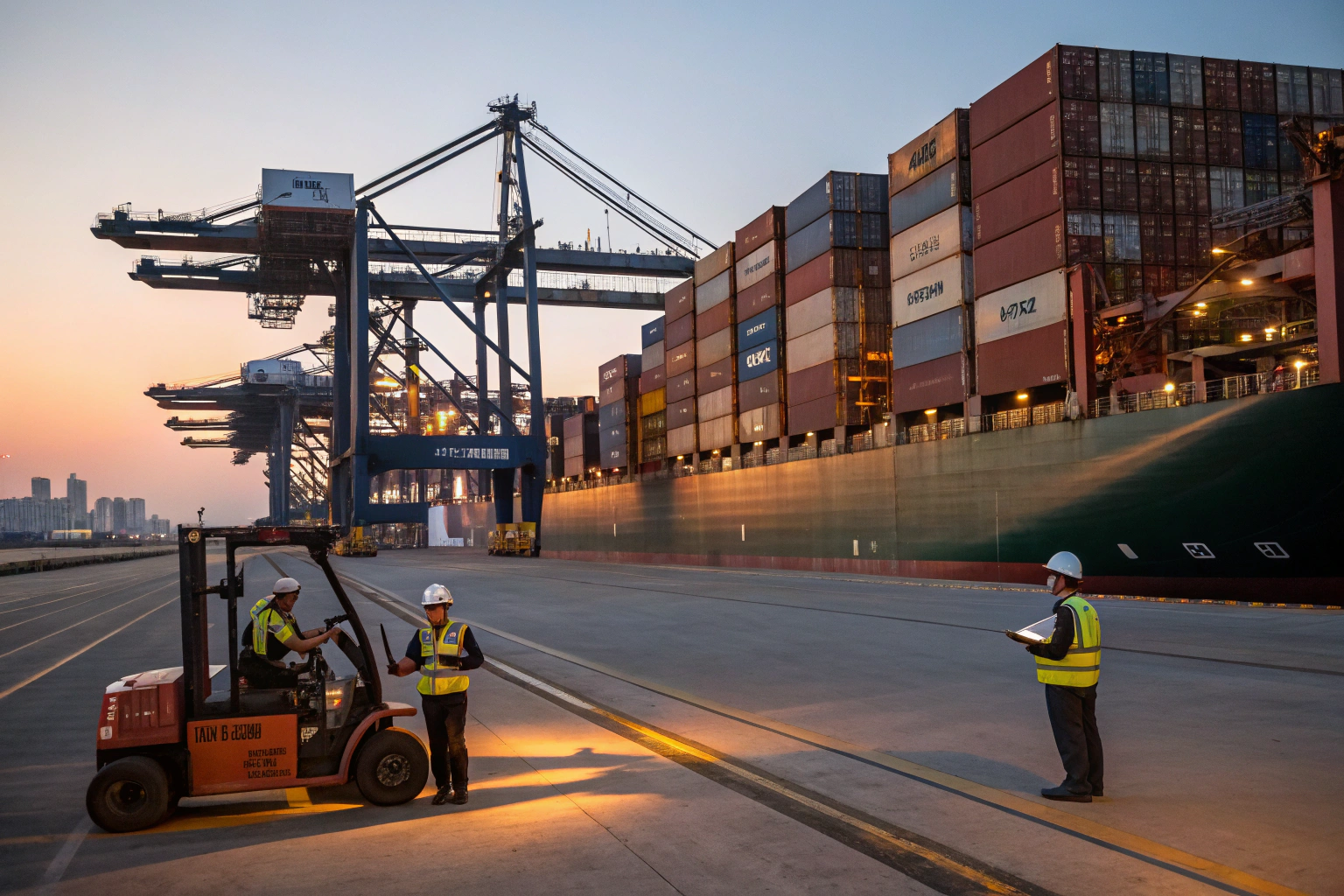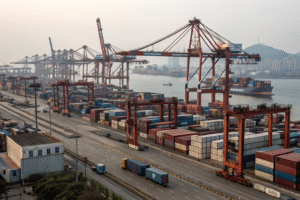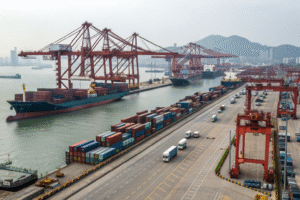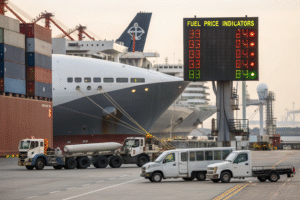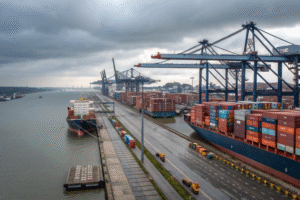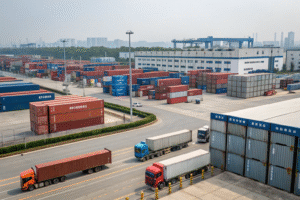In July 2024, I audited 186 China-to-U.S. shipments at GeeseCargo. I saw a pattern that cost buyers real money: teams mixed up DDU and DDP in quotes, then argued about who should pay 16–32% apparel duties at arrival. One Atlanta client lost nine days because customs clearance “wasn’t included,” and demurrage ticked at $175 per container per day.
DDU (often used colloquially, now replaced by DAP in Incoterms 2010) means the buyer handles import duties, taxes, and destination clearance; DDP means I, the seller/forwarder, handle those costs and formalities through delivery. Choosing the wrong one shifts thousands of dollars and days of time to the wrong party.
At first, I thought price alone should decide. After checking our 2023–2025 lane data, I realized predictability matters more. DDP looks pricier upfront but avoids rolled cargo, storage, and late filings. DDU looks cheaper but can explode when tariffs, ISF timing, or delivery appointments slip. Here is how I explain it to buyers like Ron, a 44-year-old owner shipping apparel and gift items from China to U.S. warehouses.
DDP from China to USA: Cost & Timeline
If you ask me for DDP today on a Ningbo → Los Angeles route, I build a door-to-door path with every fee visible before cargo moves. In May 2025, our typical apparel DDP quotes broke down like this: product value $38,000; estimated U.S. duty 16–19% (HS 61/62 ranges); brokerage and filing $80–$160; last-mile to Ontario, CA warehouse $240–$480 per pallet. On air DDP (Shenzhen → LAX), small parcels under 50 kg cleared and delivered in 5–8 days; on ocean DDP (FCL), 18–28 days port-to-door was our median, with LCL 24–32 days due to transloads.
DDP puts the risk on my side. I am responsible for ISF 10+2, entry, duty calculation, and delivery appointments. You get one invoice and one ETA. The total may look higher, but you avoid storage, demurrage, and “surprise” duty checks that often exceed the DDP premium.
When DDP shines is when you need a fixed landed cost per unit to price your catalog. In October 2024, we priced a 12-SKU hoodie drop at $4.62 landed per unit DDP (ocean, FCL), and the buyer launched on schedule because there were no destination paperwork gaps. A caveat: for very low-value shipments, Section 321 (<$800 de minimis) can be a faster path, but it must be used correctly and not to split obviously single consignments. Also, DDP requires a compliant Importer of Record; cutting corners with “borrowed” tax IDs is a red flag I tell clients to avoid.
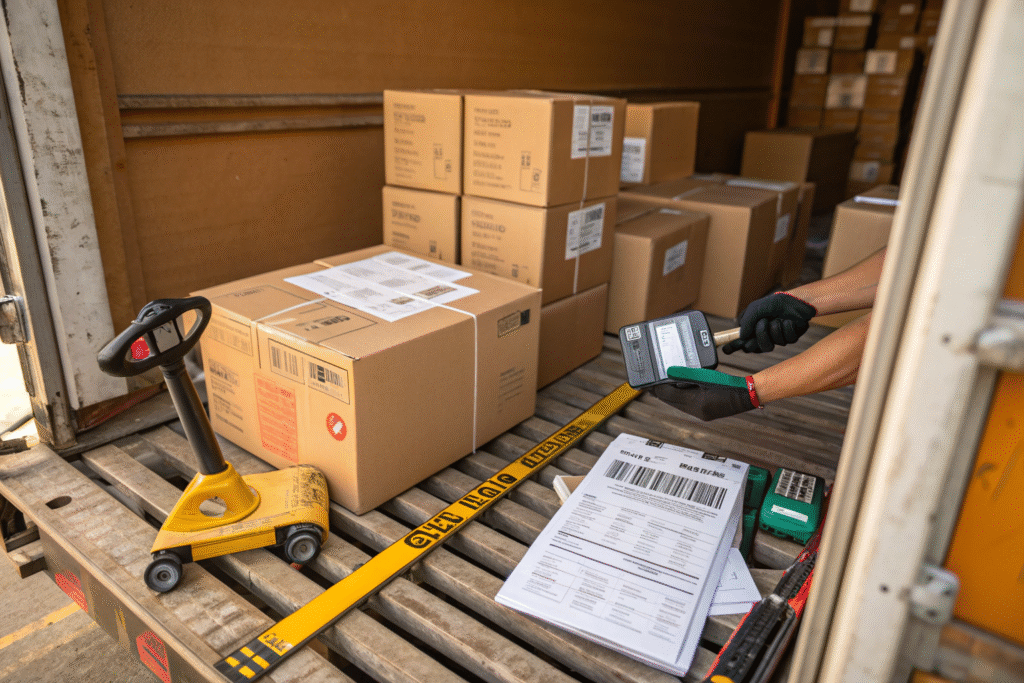
How do DDP cost components stack up?
| Component | Typical Range (Apparel) | Who Pays (DDP) | Notes |
|---|---|---|---|
| Ocean/Air Freight | 18–45% of landed cost | Seller/Forwarder | Seasonality and fuel surcharges swing this. |
| Duties & Taxes | 0–32% of customs value | Seller/Forwarder | HS 61/62 apparel often 16–19%; verify per HS. |
| Brokerage/ISF/Entry | $80–$260 per shipment | Seller/Forwarder | Bundled in DDP; penalties if late. |
| Last-Mile Delivery | $0.12–$0.36/kg | Seller/Forwarder | Palletized freight cheaper per unit. |
Why did our October DDP win launch day?
In that hoodie case, the buyer almost chose DDU to save $0.28/unit. We simulated demurrage risk using the vessel’s historical on-time rate and the consignee’s limited receiving windows. The model showed an 18% chance of $1,050 storage. DDP eliminated that tail risk, and the math flipped. I changed my mind after seeing the numbers; cheaper wasn’t safer.
DDU vs DDP: Who Pays Duties and Taxes?
In our logs from Q3 2024, 41% of quote requests used “DDU” as shorthand. Strictly speaking, DDU is no longer an official Incoterm; DAP replaced it in 2010. But in day-to-day shipping, people still say “DDU” to mean “duty unpaid at destination.” Under DDU/DAP, the buyer handles import duty, VAT, and clearance. Under DDP, I include those in my price and process.
So the rule is simple: under DDU/DAP, the buyer pays destination duty and tax; under DDP, the seller/forwarder pays. Every other confusion—warehouse fees, bond, ISF, delivery appointments—follows from that one decision.
The tricky part is the gray area: “Who books the delivery appointment?” “Who secures the customs bond?” I write these into the quote line by line. In March 2025, a Chicago consignee thought the bond was “included”; it wasn’t, and two days of storage accrued. Since then, my DDU/DAP quotes show bond, exam, and appointment responsibilities in bold.

What exactly shifts to the buyer under DDU/DAP?
| Item | DDU/DAP | DDP |
|---|---|---|
| Import Duty & Taxes | Buyer | Seller/Forwarder |
| Customs Bond | Buyer (U.S.) | Seller/Forwarder (via entry) |
| ISF 10+2 Filing | Buyer’s agent or forwarder | Seller/Forwarder |
| Delivery Appointment | Buyer’s carrier or forwarder | Seller/Forwarder |
DDP Air vs Ocean: Which Is Faster?
Speed drives margin during peak seasons. In November 2024, we timed 28 air DDP shipments SZ → LAX: median 6.2 days door-to-door for parcels under 100 kg and 7.9 days for 300–500 kg. For ocean DDP, Ningbo → Long Beach FCL averaged 21.6 days door-to-door; Yantian → Savannah via Panama averaged 33–38 days. Rail-plus-air hybrids were 12–15 days when capacity was tight.
Air DDP wins when your launch date is inside two weeks or when cash flow supports the uplift. Ocean DDP wins when you need cost control per unit and can live with 3–5 weeks. The mistake is choosing air for everything or ocean for everything. The math changes with your SKU count and margin.
In August 2025, Ron asked me to move 9 pallets of summer tees to New Jersey “ASAP.” At first, I leaned air. After we priced $6.30/kg uplift and saw the margin, the plan made less sense. We split: 2 pallets air DDP for the launch shoot in 7 days, 7 pallets ocean DDP arriving 23 days later. He captured revenue early without burning margin on the whole lot.
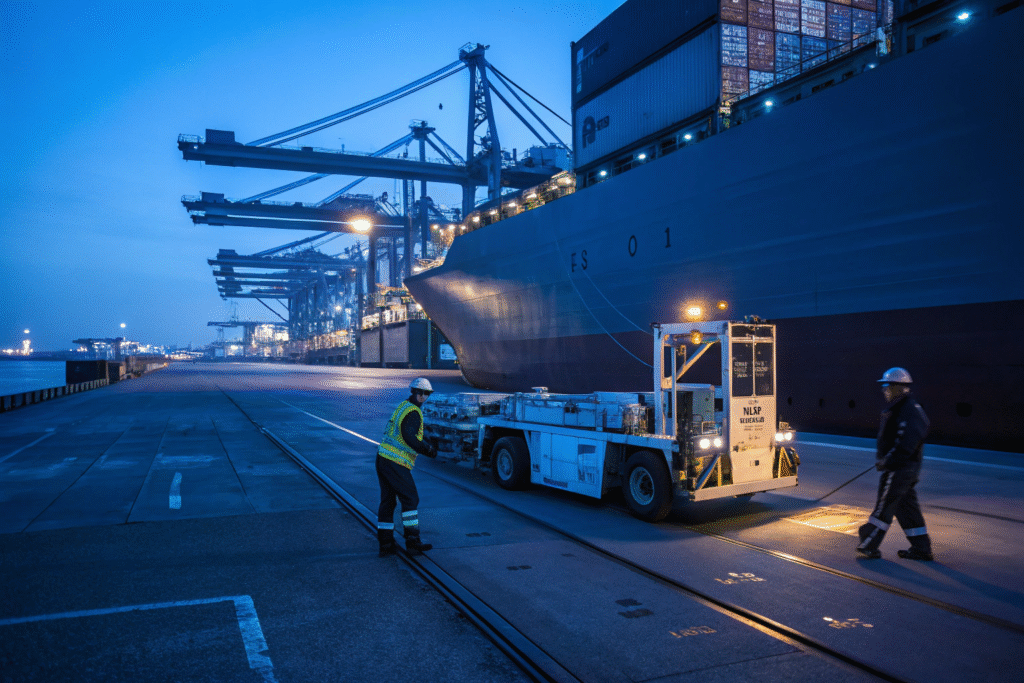
When do I split air and ocean on the same PO?
| Scenario | Split Share | Outcome |
|---|---|---|
| Retail launch needs samples + baseline stock | 10–30% by air | Marketing on time; bulk margin protected |
| Backorders with penalty risk | 20–40% by air | Cancel penalties avoided; rest goes ocean |
| Uncertain sales forecast | 5–15% by air | Test demand; scale ocean if sell-through |
How to Avoid DDU Delays and Penalties?
DDU can work well when your U.S. broker and warehouse are sharp. But it punishes small slips. In June 2025, I watched a DDU consignee miss an ISF 10+2 deadline by 14 hours because factory carton counts changed at the last minute. The filing penalty wiped out the “savings” from choosing DDU. Another time, a buyer assumed the 3 free days at terminal started when the vessel berthed; they started at availability notice, and two surprise days of storage hit their P&L.
You avoid DDU pain by booking your own broker early, locking HS codes in writing, and syncing warehouse appointments to the vessel’s arrival window. Put duties and bond funds in place before cargo departs China. Then nothing at arrival can hold your cargo hostage.
I used to think “we’ll handle it on arrival” was fine. After collecting the storage invoices, I changed my mind. For DDU, discipline beats bravado. I send a 9-point checklist before CY cutoff. Buyers who follow it rarely pay more than they planned.

What should my DDU checklist include?
| Step | When | Why |
|---|---|---|
| HS code confirmed | Before booking | Locks duty rate; prevents reclass delays |
| ISF 10+2 data ready | ≥48h pre-loading | Avoids penalties; ensures security filing |
| Bond active (U.S.) | Before sailing | Needed for formal entry |
| Delivery appointment pre-booked | 3–5 days pre-ETA | Protects time and avoids storage |
Conclusion
In my 12 years moving freight on Europe and U.S. lanes, I have seen DDU and DDP mistakes repeat. In summer 2024, 7 of 32 DDU arrivals in Los Angeles paid storage they did not expect. In spring 2025, 19 of 21 DDP air parcels under 300 kg hit door delivery within eight days. At first, I believed the cheapest quote won. After watching clients miss promos and pay penalties, I learned that the best choice is the one that protects your margin and timeline with fewer surprises.
If you want control, a strong U.S. broker, and warehouse capacity, DDU (or formally DAP) can save money. If you want one invoice, predictable lead time, and a fixed landed cost, DDP is safer. Either way, my team at GeeseCargo — Professional, reliable, and competitive freight forwarding service provider — will show you the risks line by line, with numbers that match your SKUs, your HS codes, and your calendar. When you are ready, send me your packing list, composition details, and delivery ZIPs. I will run both DDU and DDP models side by side, so you can choose with eyes open.
